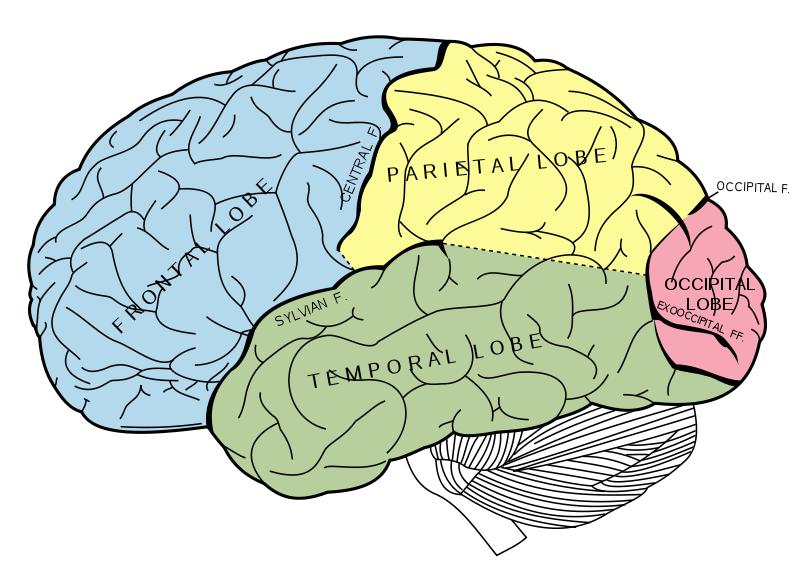- Series:Humans, Transcript English
Genesis 2:19
“Out of the ground the LORD God formed every beast of the field and every bird of the air, and brought them to Adam to see what he would call them. And whatever Adam called each living creature, that was its name.”
In Genesis 2:19 we read that God brought to Adam the animals He’d made to see what Adam would call them. It’s been noted for generations that this task showed Adam’s great intellectual abilities.
 You see, Adam had to know an animal’s nature to be able to give it a meaningful name. Remember that Adam had a perfect knowledge of God. As he looked at each of God’s creations, he could see an expression of part of God’s nature. This allowed him to identify what God had made each creature to be, so he could give a meaningful name. While this may be hard for us to understand, science now offers evidence that the names of animals and their characteristics are indeed stored together in our brains.
You see, Adam had to know an animal’s nature to be able to give it a meaningful name. Remember that Adam had a perfect knowledge of God. As he looked at each of God’s creations, he could see an expression of part of God’s nature. This allowed him to identify what God had made each creature to be, so he could give a meaningful name. While this may be hard for us to understand, science now offers evidence that the names of animals and their characteristics are indeed stored together in our brains.
Researchers studied a 70 year old woman who has had brain damage to both temporal lobes and spotty damage elsewhere in her brain. Because of the damage, she has a most unusual disability – she cannot name animals. When shown a picture of a cow, for example, or listening to its “moo”, she cannot identify the animal. Nor can she remember the characteristics of animals. When asked what color elephants are, she said they are orange.
This incident provides strong evidence that the names and characteristics of animals are indeed stored together in our brains. It also should illustrate for us how Adam’s abilities were far greater than ours are today. We need to treat so called “early man” with respect.
Prayer:
Dear Father in heaven, I confess that I am so much less than You made me to be. Forgive me, for the sake of Your Son’s innocent suffering on the cross for me. Help me to more earnestly seek Your instruction in Your Word and order my life by Your will so that I may more clearly reflect the new life I have been given in Christ. Amen.
Notes:
Bower, Bruce. 1992. “Clues to the brain’s knowledge systems.” Science News, v. 142, Aug. 29. p. 148.
